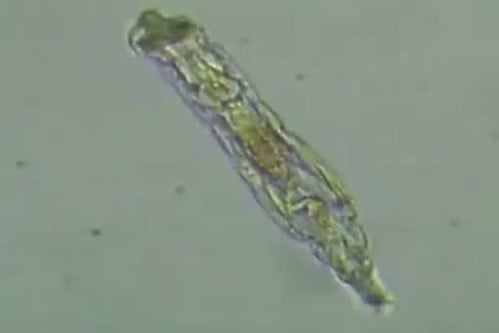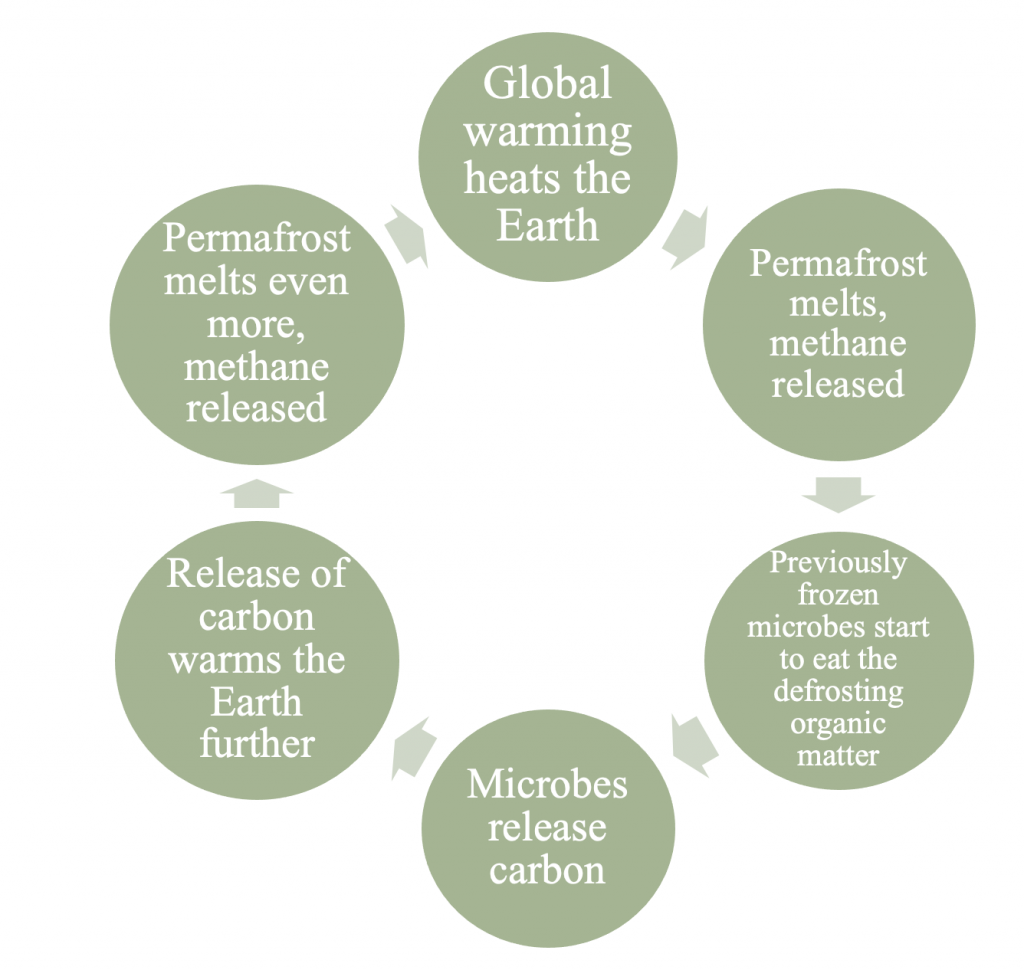
What is Permafrost Thawing and What are its Effects?
Across the vast land masses that line the Earth, there are areas of the ground that have remained frozen for centuries. This is called permafrost.
Most frozen terrain that we encounter defrosts with the summer heat each year, however, to be labelled “permafrost”, it needs to be frozen for a minimum of two years. It is commonly found in freezing cold environments, such as Greenland, Alaska and Siberia.
MDPI journals covering permafrost and its effects
Two articles, published just this year, are “Thawing Permafrost in Arctic Coastal Communities: A Framework for Studying Risks from Climate Change” in Sustainability, and “Response of Methane and Nitrous Oxide Emissions from Peatlands to Permafrost Thawing in Xiaoxing’an Mountains, Northeast China” in Atmosphere.
It has been well established by this point that the products of continuous human activity are causing global warming. Because of this, permafrost around the world is rapidly thawing.
This is particularly affecting Russia, as 65% of Russian ground is permafrost.
The thawing is causing widespread destruction. As the frozen ground melts and becomes soft, buildings built on the frost are collapsing due to the uneven ground.
As well as this, what was once rock-solid frozen ground is now melting to form ponds, swamps and bogs, flooding residential and Indigenous underground food storage areas.
Effects of permafrost thawing
There are also effects caused by the thawing. As the ground defrosts, old plant life and bones from prehistoric animals such as woolly mammoths are being revealed.
This is leading to exciting scientific and historical discoveries being made. In June, a 24,000-year-old organism called a bdelloid rotifer was found in the melted permafrost, alive and able to reproduce. These organisms are famous for their ability to survive extreme conditions.

Russian scientists have found a microscopic organism called the Bdelloid rotifer in the vast permafrost lands of northeastern Siberia. Credit: REUTERS/YouTube
Other life forms, such as harmful bacteria and diseases, are also defrosting. They can harm animals and humans alike. In 2016, in Russia, a 75-year-old reindeer carcass infected with anthrax defrosted and killed 2300 other reindeer, hospitalised 70 people and killed a child.
The situation is only getting worse. When permafrost melts, microbes under the ground start to warm up and awaken, and these microbes eat the previously frozen organic matter. As a result of this, carbon is released, which further accelerates the thawing.
When it thaws, methane is also released, leading to the Earth continuing to warm. As the Earth heats up, more permafrost thaws. It’s a horrifying cycle that is destroying the natural world.

Environmental impacts
It is estimated that by 2100, 16%–24% of the permafrost in Alaska will be thawed. By 2040, the permafrost will have caused 110–231 billion tons of CO2 equivalents to be released into the atmosphere.
However, there may be solutions to this devastating problem. One solution involves an unlikely hero. A study published in 2020 concluded that grazing animals like horses and bison could help to slow the defrosting down, by disrupting the snow on the ground which usually insulates the permafrost below. Once the top layer of snow is trampled on by the animals, the heating of the permafrost will be greatly reduced.
The most obvious long-term solution is to manage our destructive habits as a species and protect Earth from warming any further. Global warming, and climate change in general, are damaging the many delicate ecosystems that make human life on Earth possible.
In addition, researchers are looking into the design of houses and structures that may be able to withstand the effects of permafrost. Oddly enough, there have also been research efforts made to find ways to refrigerate the permafrost.
Future research and more
MDPI is committed to publishing cutting-edge research on climate change and more. Read our article We Need Open Access to Tackle Climate Change in 2024 for more.










